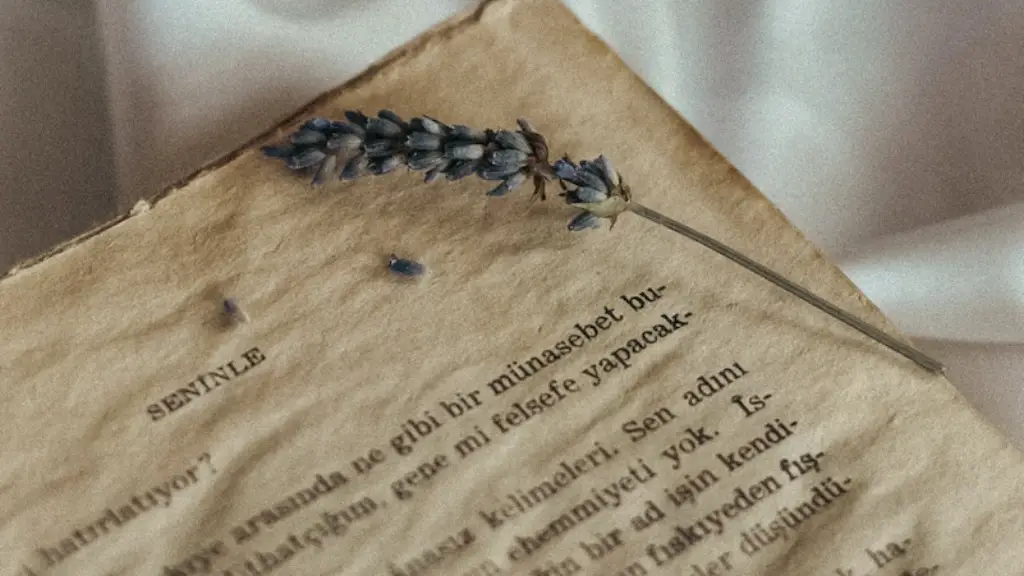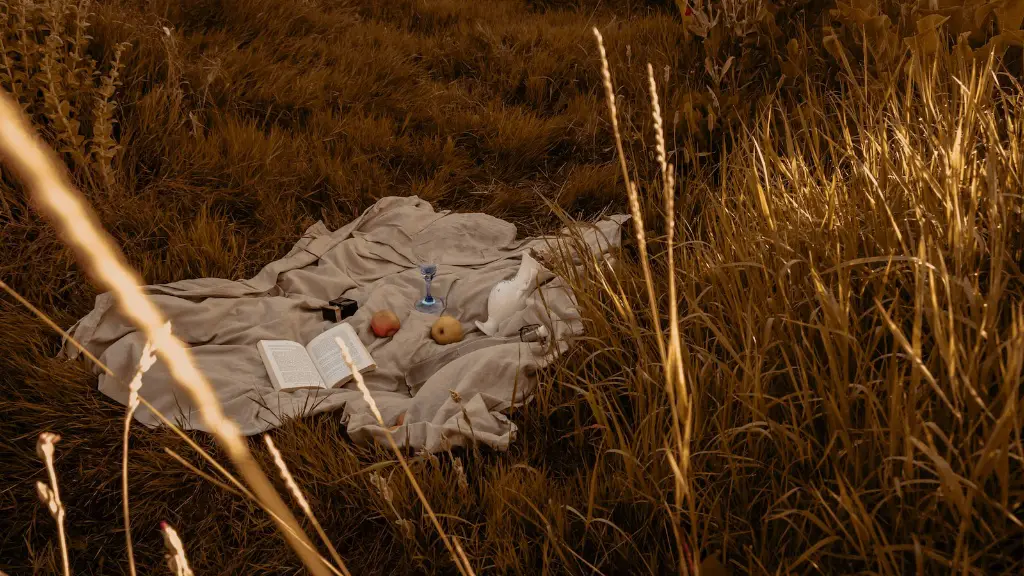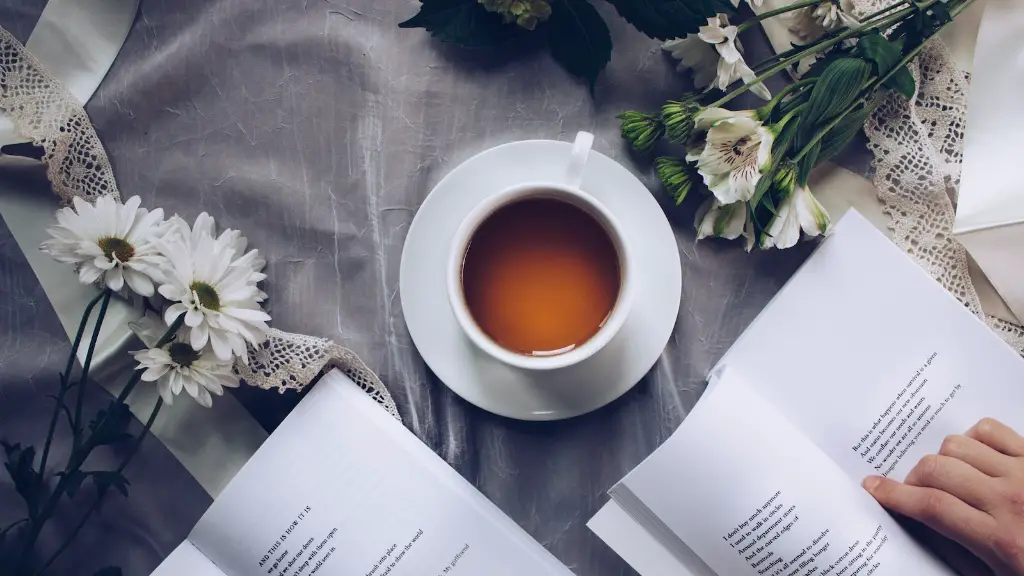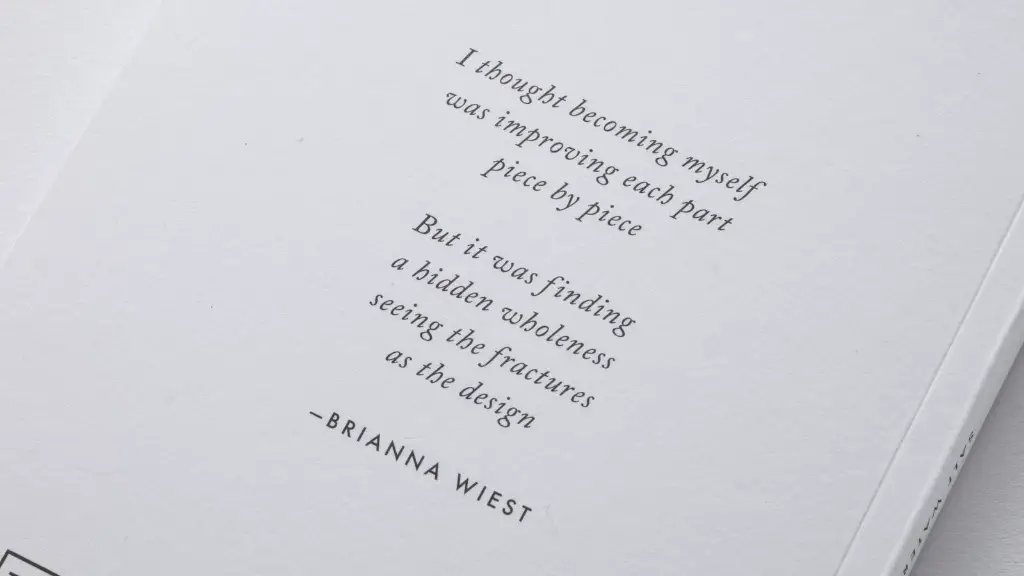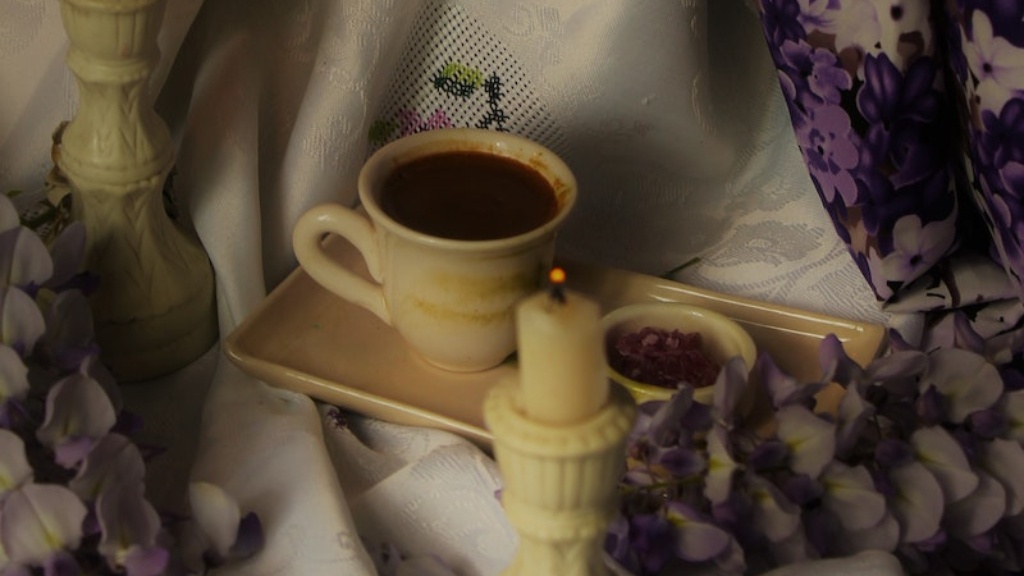In today’s high-tech world, it’s easy to think that poetry is a thing of the past. However, these creative forms of writing can actually be found everywhere in our modern world, from news headlines to lyrics in songs. Whether you’re new to poetry or already a fan, these ideas can help you explore the art form in your everyday life.
Poetry relies on metaphors and symbolism to convey meaning in a beautiful, concise way. This can be seen in the everyday language and creative turns of phrase we use in our conversations. For example, someone might say, “It was raining cats and dogs,” or “You’re as sweet as sugar.” These imaginative descriptions are likely inspired by ancient poets and are a reminder of the value of poetry in everyday life.
Poems tell stories, often without using complete sentences and can be used to express a range of emotions. Songs, in particular, are often in poetic form and come in a variety of genres. Musicians like Bob Dylan, Adele, and Leonard Cohen are celebrated for their thought-provoking lyrics and uplifting messages. Commercial jingles and slogans such as “Just do it” or “Think outside the box” can also be considered a type of poetry.
Movies, plays, and books can also be laced with poetic language and imagery. Even if the story is not about a poet, descriptions such as “as fresh as a daisy in the morning” or “with the speed of a galloping horse” add an air of fantasy to the narrative and can be entertaining and inspiring for readers.
The content of magazines and newspapers, from the sensational headlines to the in-depth articles and opinion columns, are often written in poetic form. Journalists, editors, and columnists employ literary techniques to articulate their thoughts. Poems might also be featured in discussions of culture, gardening, or philosophy.
The digital world has given us even more sources of poetic inspiration. Popular blogs often include poetic snippets, both original and from famous authors. There are also numerous sites, including Poetry Foundation and Poets.org, where readers can access free works from established and emerging poets.
Letting yourself be open to the possibility of finding poetry in everyday life opens you up to a world of exploration and discovery. You can start by reading or listening to music, and see how the language of poetry can convey powerful emotions or deeper meaning. Let your curiosity guide you and you can be sure to find plenty of poetry in your everyday life!
The Rhyme of Poetry
Rhythm and rhyme are an integral part of many poems and are often used to provide a pleasing sound. Writers and language lovers alike often seek out words to achieve an aural effect that can bring a poem to life. Some of the most captivating poetry has been created when writers have experimented with language and challenged the conventions of traditional poetry.
In everyday life, we may contribute to the creation of poetry by introducing rhyming words into the conversations we have with friends and family. Poetic exchanges might not be intentional, but the effect could be just as impressive. Similarly, writers of articles, stories and even computer code often use assonance and alliteration to make their work more lively.
Rhyme is a great way of setting a scene or reinforcing a description. While some poems take the form of stories, others rely solely on rhyme to give the poem its strength. Think of traditional nursery rhymes such as “Humpty Dumpty” or the wartime nursery rhyme “Baa, Baa, Black Sheep”, or modern slang – “Cool beans!” or “Flex like a tex”. These examples show how rhyme can be used to add fun and amusement to everyday life.
Words can also become a kind of song themselves. Poems can be sung to express softer emotions and bring out the nuances in a text. Singers such as Marianne Faithfull, Otis Redding and Ed Sheeran have popularised the art form, bringing poetry to the forefront of modern culture.
Shape and Structure
With poetry, the shape and structure of a piece are just as important as the content. Unlike prose, which often follows straight lines, poetry takes on shapes and sizes, which can add to the appeal of the work. While some poems are written in neat lines, others are paper filled with vivid images and winding texts.
When looking for poetic structures in everyday life, it’s tempting to draw parallels between the shapes of buildings, landscapes or objects in the environment and the shapes of poems: how a sprawling mountain range could reflect the rhythms of an epic poem or how a winding river echoes the rise and fall of a sonnet. Such visualisations can give rise to poetic thoughts or inspire a new piece of work.
In the real world, structure can be found in the buildings around us, in street scenes and nature, as well as in works of art. Take a closer look at what’s around you, and it’s likely you’ll find interesting images that appear to draw patterns or shapes. This could be the start of creating a poetic masterpiece.
Unique structures can be found in works of literature, too. For example, some books contain page-long poems, whereas others use symbols or pictograms to evoke emotion. Such techniques add an extra layer of depth to the narrative and can be inspiring to readers who are looking for new and imaginative forms of poetry.
Language of Poetry
The language of poetry is a powerful tool that can evoke emotion, provide insight and create beautiful imagery. Old English poems such as Beowulf, the Odyssey or Adventure stories such as the Iliad are stunning examples of how poetic language can bring a story alive.
When considering the modern language of poetry, it’s important to remember the power of slang. Slang expressions are often used in speech and writing to describe a particular situation or person. Think of how you’d describe something as “sick” or someone as “the bomb”; these expressions convey emotion and add a poetic flair to our conversations.
Poetry is often seen as something high-brow or mystical, but it can also be seen on a much broader scale. Look at advertising slogans, comedy skits and jokey quotes from movies; these are all forms of poetic language. They often contain witty and imaginative turns of phrase that can be used to convey an important message or evoke a certain emotion.
The language of poetry is all around us. By taking the time to really consider how we express ourselves, we can unlock the poetic potential of our everyday lives.
Expressing Feelings in Poetry
Poetry allows us to express feelings, emotions and opinions in a creative way. Take the words of classic poets such as William Wordsworth, Robert Burns and W.B. Yeats; their works have moved readers for centuries, speaking to us and helping us articulate our feelings.
In our day-to-day lives, when we experience any kind of emotion, we have the option of expressing these feelings through poetry. Whether we’re feeling calm, excited or anxious, we can use the words on the page to voice our thoughts and reflect on the experience.
Poetry can be an especially cathartic form of expression in times of stress, confusion or sorrow. Writing down our feelings can be a helpful way of examining our emotions and gaining clarity.
Alternatively, writing can also offer a chance to escape reality and be transported to a dreamlike state. We can draw on our imaginations and allow our words to create a specific atmosphere or a particular scene. Poetry invites us to be creative and explore the world of our own making.
Expressing our feelings in poetry can be a rewarding and therapeutic experience. We can use words to capture an emotion, capturing it on paper before it has a chance to fade away.
The Joy of Poetry
Reading and writing poetry can be a great source of joy. Many said to be uplifted by the power of poetic language, experiencing a deeper connection to nature, culture and emotion.
At its best, poetry is an artistic celebration of life, depicting beauty in all its forms. Through its language, poetry can shed light on experiences that would have been impossible to articulate in prose.
Authors and poets alike take great pleasure in truly connecting to the language of poetry. By expressing our thoughts and feelings, we can gain a better understanding of ourselves, as well as the world around us.
A poem might be a single line, a story or a set of thoughts, but it can become an exercise in self-discovery when we allow ourselves to indulge in the narrative. In modern culture, there is a tendency to rush and to take pleasure in simple things for granted, but the power of poetry can slow the pace and open our minds to unearthly pleasure.
We need not look far to find pleasure in the form of poetry. It is up to each one of us to discover and explore the beauty of the genre, even in the simplest of language and forms.

